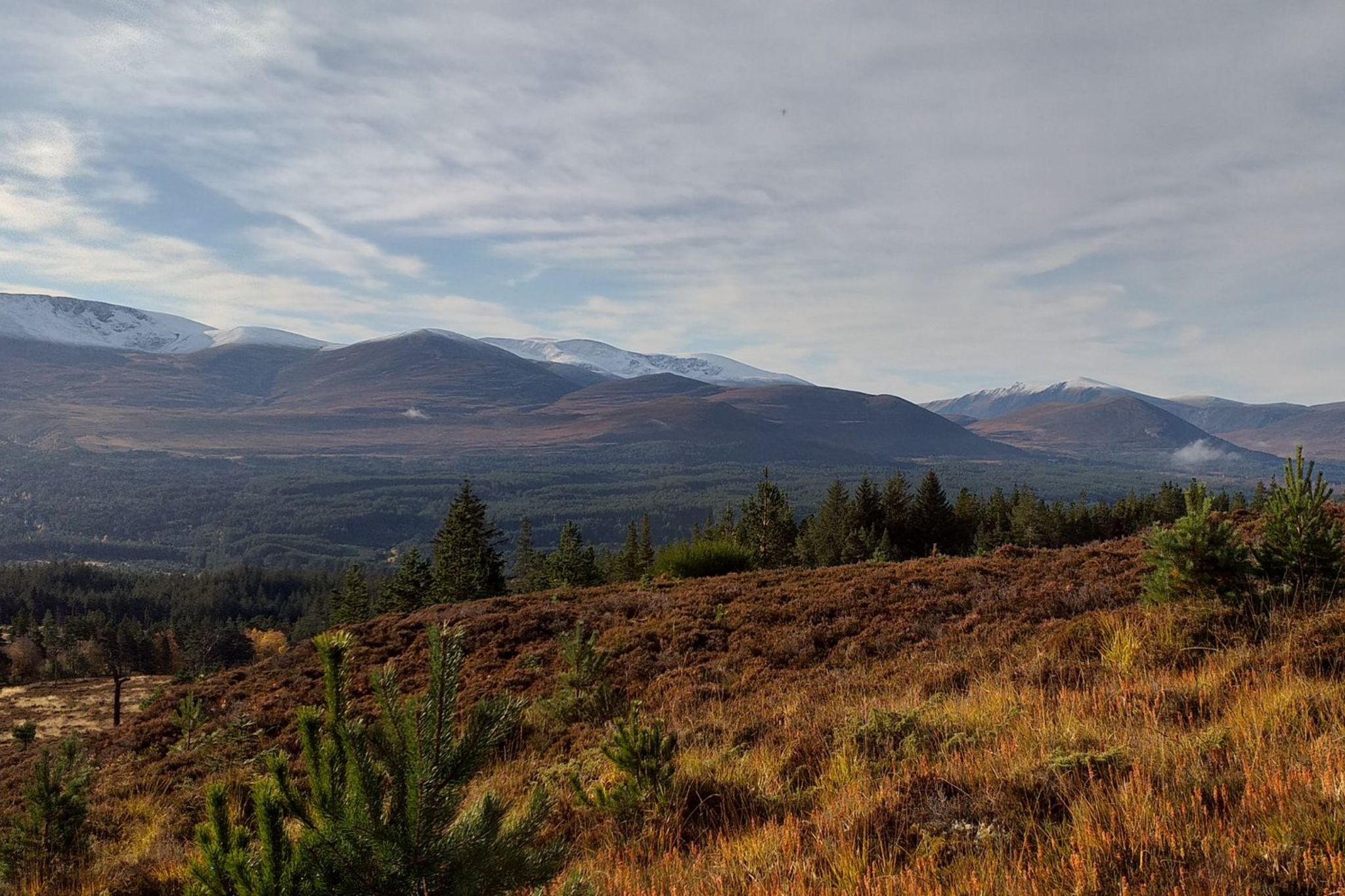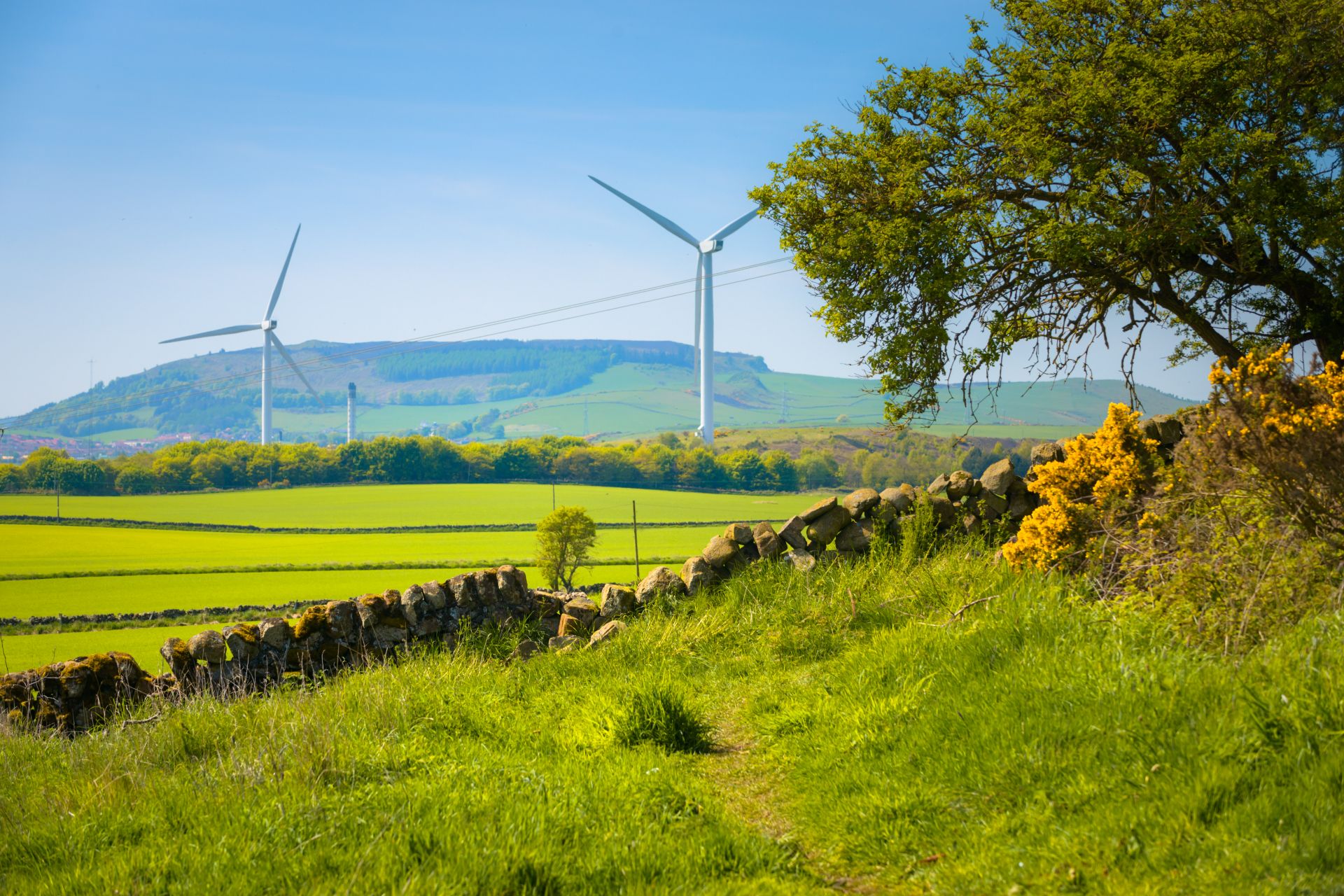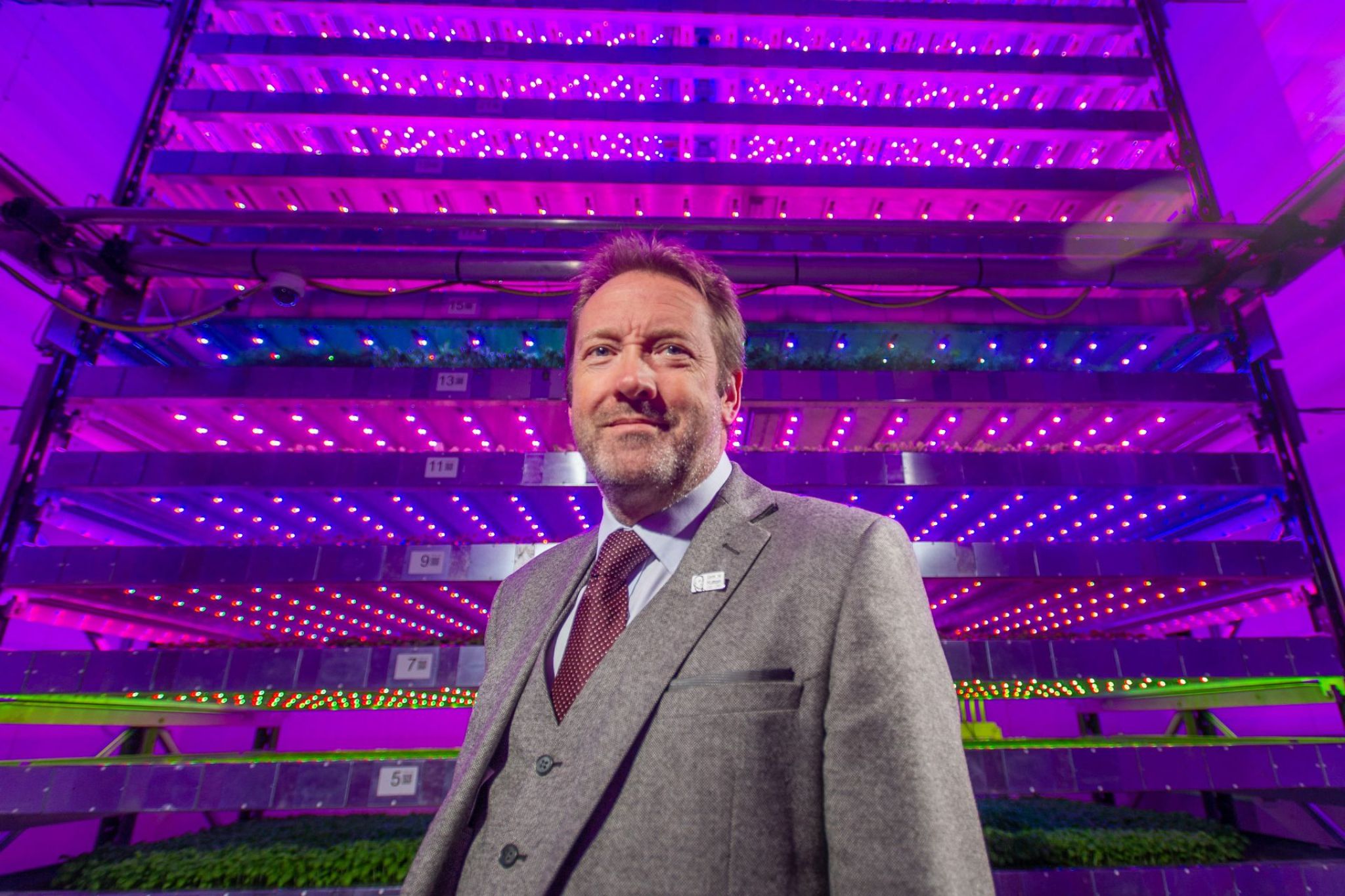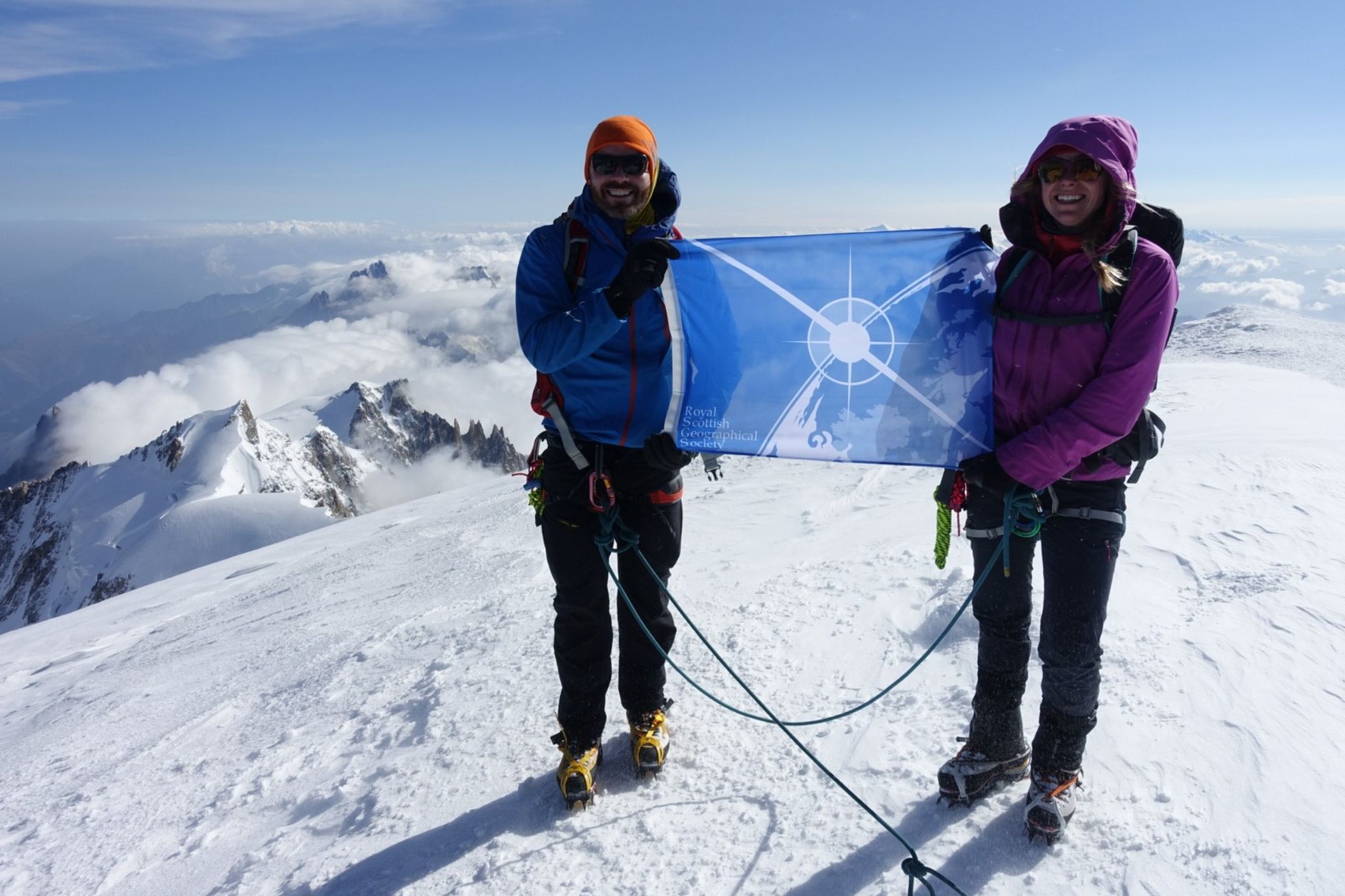
Grant Moir, CEO, Cairngorms National Park Authority
© Cairngorms National Park Authority
Aims for Cairngorms National Park
In 2000, the Scottish Parliament set out four statutory aims for the country's national parks, which we continue to follow. These are:
- Conserve and enhance national culture and heritage
- Promote sustainable use of the natural resources
- Promote understanding and enjoyment of the area by the public
- Promote the sustainable, economic and social development of the Parks communities
With 18,000 residents and around two million annual visitors, it can be a challenge to ensure the National Park continues to achieve its net zero goals.
To achieve Scotland's ambitious peatland restoration targets over the next 25 years we will need significant investment in restoration work.
Partnership with Palladium
Palladium is a global impact firm that works with governments, businesses and investors to help solve the world's most pressing challenges. Our collaboration, as part of the UK National Parks Partnership, began in 2021 and is focused on how the Cairngorms and 14 other UK national parks can secure private sector funding to support crucial regeneration projects.
We work with Palladium on a trial peatland project, utilising private financing to support ecosystem restoration, mitigate climate change, deliver for landowners and, crucially, benefit local communities.
To achieve Scotland's ambitious peatland restoration targets over the next 25 years we will need significant investment in restoration work, which is why we need to look at innovative ways to draw in private funding alongside ongoing public sector support. Our next step is to get carbon emissions down to zero, which is going to require everyone who works for the Park Authority to do their bit.
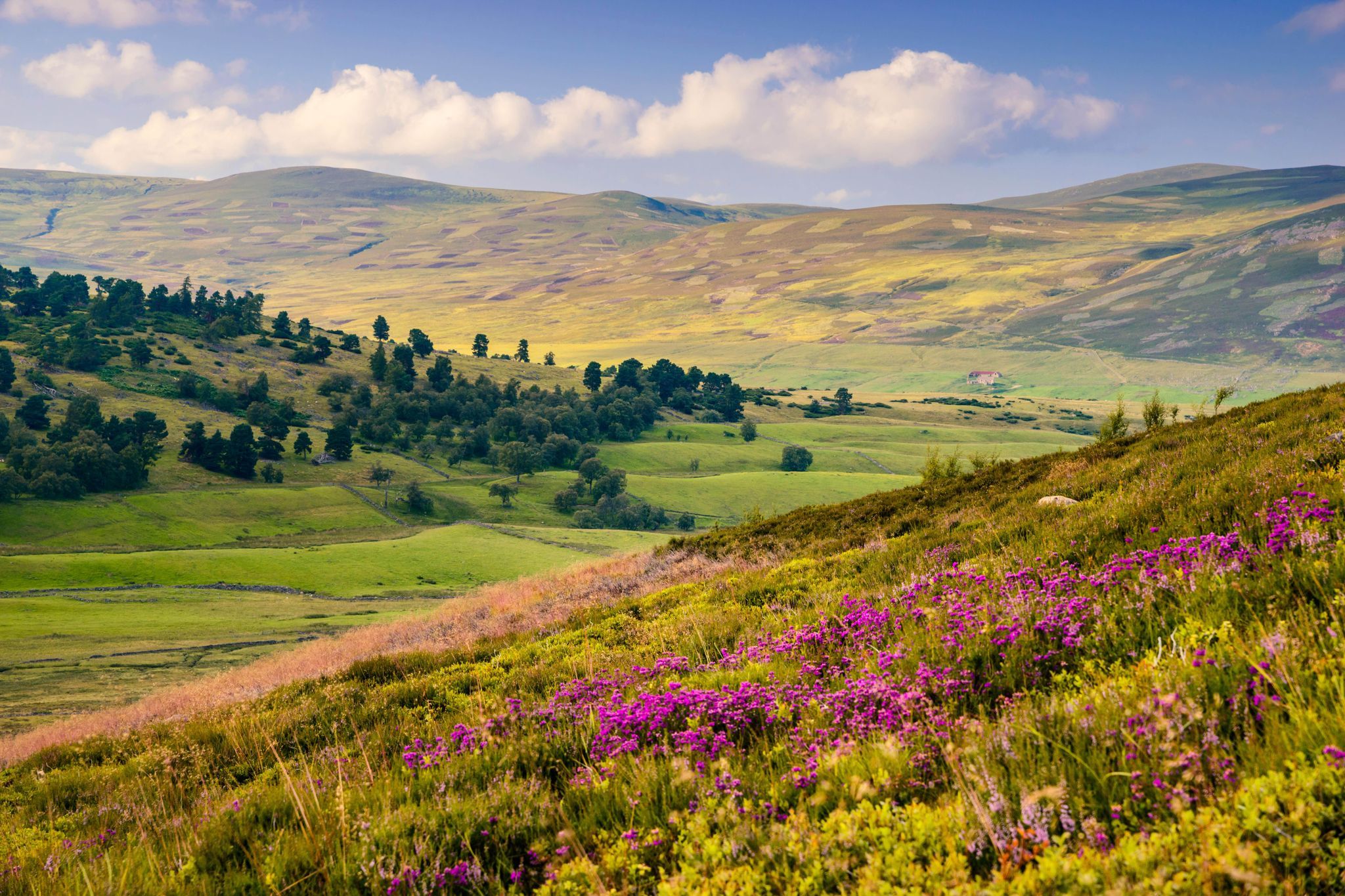
Snow roads
© North East 250 / Damian Shields
Peatland projects
Peatlands are vital to the environment. When in good condition they store a huge amount of carbon, are home to a variety of specialist plants and animals and help to provide clean drinking water.
In total, degraded peatland accounts for around 10% of Scotland's total carbon emissions; however, by restoring just one hectare of actively eroding peat we can save up to 19 tonnes of CO2 equivalent each year, so the potential impact of this work is enormous.
Between 2014 and 2022 approximately 2,892 hectares of damaged peatlands has been placed under restoration management in the National Park. This will lead to significant emissions reductions, and we have recently adopted a new target of having 38,000ha of peatland under restoration management by 2045.
It is vital that we work together and share our knowledge so that we can collectively achieve the net zero goals.
Knowledge sharing in Scotland
It is vital that we work together and share our knowledge so that we can collectively achieve the net zero goals.
I personally think that events are a fantastic forum to talk about the issues we all face and to share solutions and our expertise. During COP26, Deb Haaland, Secretary of State for the Interior in the USA, visited the Cairngorms National Park. She is in charge of looking after the US Parks, which is an incredible responsibility.
During her visit, we discussed what the US and Scotland are doing to mitigate climate change and the opportunities for national parks across the globe to work together. There is great work that can be done across the national parks and events like COP26 showcase the power of cross-border collaboration.
How to take action
The Scottish Government’s dedicated campaign “Let's Do Net Zero” contains lots of useful hints and tips for individuals and businesses to make a real difference.
Count Us In is also a great resource that sets out 16 steps which everyone can take to meaningfully reduce your carbon emissions.
To find out more about the Cairngorms National Park, visit Cairngorms.co.uk.
